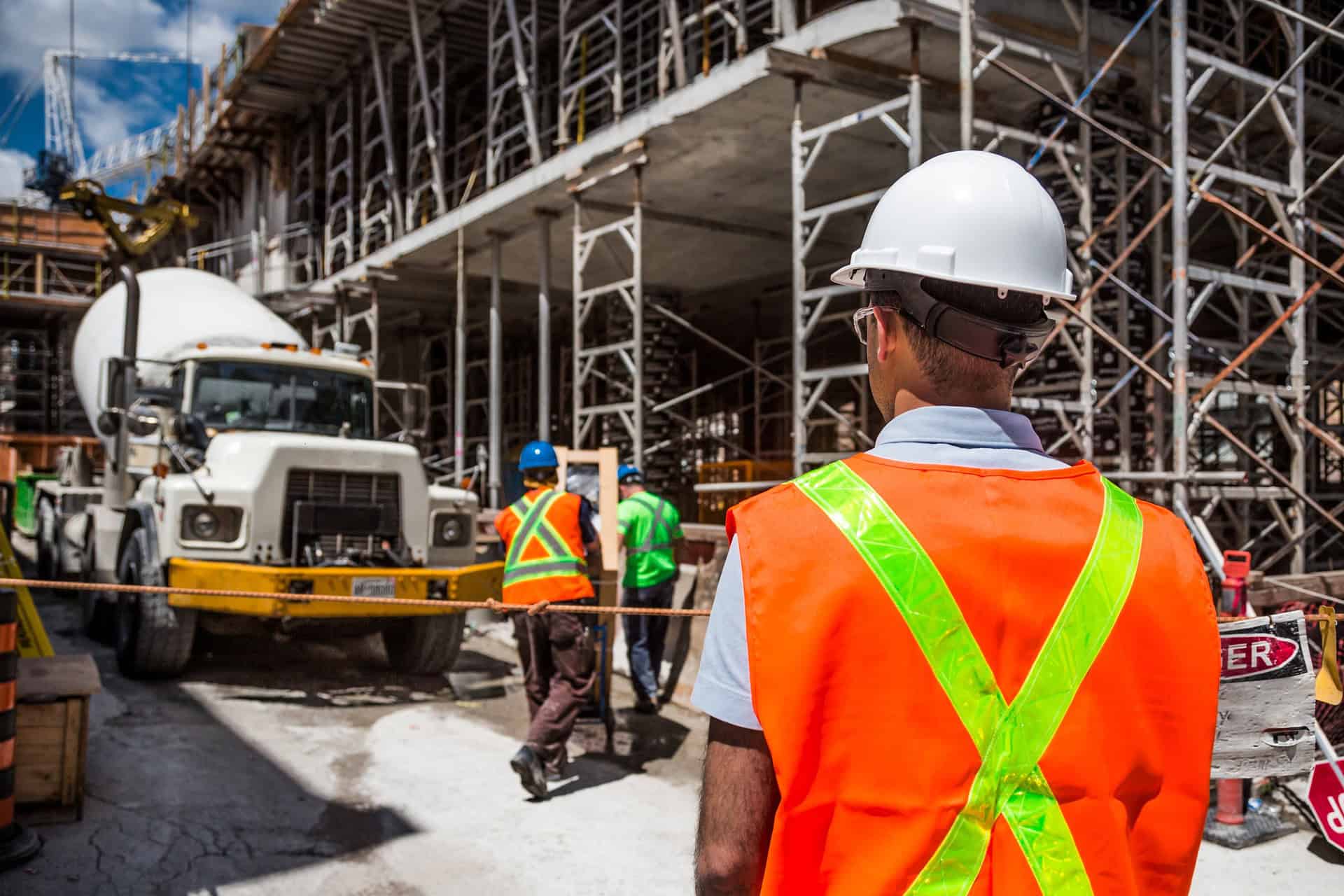
As America honors Employee Wellness Month this June, we should reflect upon the many Americans who are challenged by mental health or substance use disorder presently, or who have been at some point in their lifetime. Though stigma is still very real, we have begun to shift culturally as a nation as it is hard to find a family today that has not been personally touched by a member with a behavioral health disorder. Happily, many have overcome these challenges or are managing them in their daily lives and are willing to share their stories. The Substance Abuse and Mental Health Services Administration’s (SAMHSA) latest survey results reveal that more than 73 million of those in the U.S. aged 12 or older suffer from a mental illness and/or substance use disorder (SUD). That is 1 in 5 Americans.
Naturally, what is happening in our communities is mirrored in our workplaces. Though many employers have made great strides in offering health insurance packages that support treatment for addiction or mental health, only 1 in 10 Americans who needs treatment for a substance use disorder gets help. Many employers utilize Employee Assistance Programs (EAPs) and increasingly are offering wellness plans as a function of their efforts to maintain a healthy workforce, yet only 1 in 10 small businesses offers a wellness package. Moreover, most wellness plans do not focus on mental health directly, and fewer address addiction.
The coronavirus pandemic and ensuing isolation seem to have galvanized the focus of employers and the healthcare insurance industry on mental health. Increasingly there is an openness to learning more about the behavioral healthcare needs of employees before they spiral out of control, impacting the employee and the business alike. SAFE Project’s SAFE Workplaces program was created to assist businesses with addressing these challenges.

SAFE Workplaces recognizes the impact that substance use and mental health disorders have on businesses and the important role employers can play in their employees’ and families’ lives. Every year, American industry loses somewhere between $500 billion to $1 trillion because of unaddressed behavioral health disorders in the workplace. Our goal is to assist companies in developing and maintaining a comprehensive workplace policy that not only fosters a healthy business atmosphere, but most importantly prevents hardship, mitigates lost productivity, and saves lives. Addressing mental health and substance misuse through preventative measures, early screening, intervention, and referral to treatment when necessary coupled with the accessibility of recovery services and wellness supports, makes for a win-win situation for employees and employers.
SAFE Workplaces collaborates with employers to develop programs that support them to proactively address issues of behavioral healthcare in the workplace, in real-time.”
SAFE Workplaces offers a suite of services and resources designed to meet companies where they are and provide them with the flexibility to select the product or service that will most benefit their workforce. Whether it’s giving supervisors training on how best to handle staff who exhibit behavioral health symptoms, review of company HR/EAP policy for best-in-class programming, or co-branding BE SAFE signage for your workplace to help reduce stigma and direct employees to the resources they need, SAFE Project is there to guide, support, and partner with American employers. The time to recognize, redefine, and respond to employee wellness is right now.

Redefine Employee Wellness!
-
 Page
PageSAFE Workplaces
Providing employers and employees, alike, with the tools and resources necessary to address issues of behavioral health and achieve emotional wellbeing in the workplace. -
 Resource
ResourceAddiction & Mental Health Resources for Workplaces
Learn more about mental health, substance use disorder, and ways to create a recovery friendly workplace with our workplace specific resources. -
 Page
PageJoin the No Shame Movement
Join our national movement to combat stigma, because there’s No Shame in getting help for mental health and addiction.
Recent Stories
-

-
 Story
StoryLandin’s Story
-
 Story
StoryMy Brother’s Story


